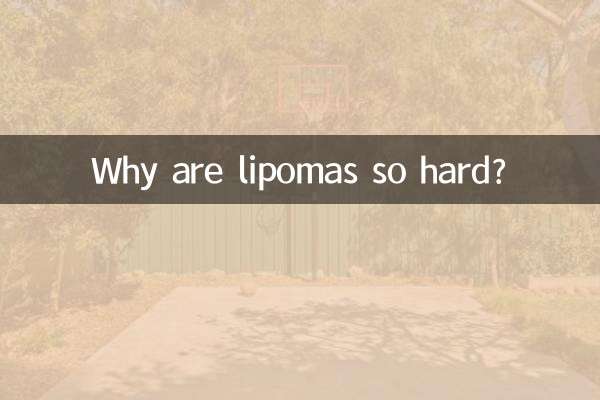Title: What are the special medicines for bedsores?
Introduction:Decubitus ulcers (pressure ulcers) are a common complication in patients who are bedridden or have limited mobility for a long time, and their treatment and prevention have attracted much attention. Recently, there has been extensive discussion on the entire Internet around specific drugs, nursing methods and emerging technologies for the treatment of bedsores. This article will combine the hot content of the past 10 days to sort out the latest progress and practical information in the treatment of bedsores.
1. Causes and grading of bedsores

Decubitus ulcers are caused by long-term pressure on local tissues leading to blood circulation disorders, which in turn leads to necrosis of the skin and subcutaneous tissue. Depending on the severity, bedsores are classified into the following 4 levels:
| Grading | Symptom description |
|---|---|
| Level I | The skin is red, does not fade when pressed, and is not damaged |
| Level II | The epidermis is damaged, forming superficial ulcers |
| Level III | Full thickness skin loss, subcutaneous fat exposed |
| Level IV | Injuries that extend deep into the muscles, bones, or tendons |
2. Inventory of specific drugs for treating bedsores
The most recently discussed drugs for treating bedsores are as follows:
| Drug name | Type | Mechanism of action | Applicable stage |
|---|---|---|---|
| Recombinant human epidermal growth factor (rhEGF) | biologics | Promote epidermal cell proliferation | Level II-III |
| silver sulfadiazine cream | antibacterial drugs | Prevention and control of infections | Level II-IV |
| alginate dressing | wound dressing | Absorb exudate and maintain a moist environment | Level III-IV |
| mupirocin ointment | antibiotics | For Staphylococcus aureus infections | infected wound |
3. Emerging treatment methods that have been hotly discussed recently
1.Stem cell therapy:Experimental studies have shown that mesenchymal stem cells can promote the repair of bedsore tissue and are currently in clinical trials.
2.Negative Pressure Wound Therapy (NPWT):Special equipment is used to continuously attract wound exudate and accelerate the growth of granulation tissue, which is suitable for deep bedsores.
3.Photodynamic therapy:The use of light of specific wavelengths to activate photosensitizers to kill bacteria and stimulate healing has recently sparked discussion in academic forums.
4. Key points of bedsore prevention and care
| measures | Specific methods | Frequency/Standard |
|---|---|---|
| body position change | Use an air mattress and turn over every 2 hours | 24 hours cycle |
| Skin examination | Observe the bony protrusions (sacrococcyx, heel, etc.) | At least once a day |
| nutritional support | Supplement protein, vitamin C and zinc | Adjust your diet as needed |
5. Excerpts from expert opinions
1. The Wound Care Center of Peking Union Medical College Hospital emphasizes: “Decubitus ulcers of grade III or above require multidisciplinary treatment, and it is difficult to cure them solely by relying on drugs.”
2. Research from Huashan Hospital Affiliated to Fudan University shows: “The combined use of rhEGF and alginate dressings can shorten the healing time of grade II bedsores by 40%.”
Conclusion:The treatment of bedsores requires the selection of drugs and nursing plans based on the stage. Currently, there is no single "magic drug" that can solve all problems. Prevention is better than cure, and standardized care combined with medical intervention is the best strategy. It is recommended that patients and their families develop personalized plans under the guidance of doctors.

check the details

check the details